Before there was Strictly, there was Come Dancing.
Wilma Lambie (nee Coutts) won the televised BBC dance competition in 1963, aged 17, with her partner, Frank Hogshaw.
The Dundonians were dancing at the Lyceum Ballroom in London against the 1962 British Twist champions and also the Jive champions of Britain.
Now, 60 years after their groundbreaking win, Wilma has been reminiscing about the win after being reunited with the trophy at the McManus in Dundee.
Wilma Coutts was born in Dundee in 1946.
When she wasn’t taking Highland Dancing lessons as a child, she was at Tannadice Park watching her beloved Dundee United.
Her experience in Highland dancing stood her in good stead when she took up ballroom dancing in her late teens.
She said: “It wasn’t until I entered a dance marathon in Dundee in my late teens that I really got into it.
“The marathon had been sponsored by The Courier.
“I completed about 50 hours, in the end, but the girl that won managed over 200 hours!”
The birth of the Twist in Dundee
The Twist made a million dollars for Chubby Checker and the up-tempo 12-bar blues gave many Dundonians a new lease of life on the dance floor.
Two things happened in Dundee because of this dance.
Competitions were revived in a big way, similar to the events of the 1930s, and for the first time Dundee produced a world dance marathon champion.
Wilma said: “After the dance marathon, I started going to the twist club at the JM Ballroom.
“That was where I met my dance partner, Frank Hogshaw.”
By this point, BBC’s Come Dancing programme was in its 13th year.
Dancers from each of the four home nations would compete in couples and formation.
Each couple would dance the Bossa Nova, the Jive, the Madison, and the Twist.
For a country that was still recovering from the aftermath of war, the glamourous televised competition provided some welcome relief and escapism.
The search was on to find the couple who would represent Scotland in that year’s contest.
Already experienced twisters, Wilma and Frank – who was a twist champion and later won a Carl Alan award – decided to start training with Bob and Betty Barty to learn the dances they didn’t know and enter the contest.
Wilma remembers they needed a lot of help learning the Bossa Nova in particular, and it wasn’t an easy ride.
She said: “A short time into our training, Frank injured his ankle and it ended up in a cast!
“He was having to coach me from the sidelines for a while.
“But eventually he got back up on his feet, and we were chosen to represent Scotland in the contest.
“The contest was in London.
“It was the first time I’d ever been.
“My parents always used to take us up north for holidays – we’d never been to the Big Smoke before.”
The show was presented by Eric Morley and his wife, Julia.
Wilma added: “Once we arrived, they put us up in a nearby hotel.
“From there, we were taken into a studio with a photographer for them to take pictures of us rehearsing each dance.”
Was she nervous about being on TV for the first time?
“No,” Wilma said, “it was just exciting!”
“I remember that, on the day of the contest, the London couple were actually late.
“We couldn’t believe it – they were only next door!
“Whereas we’d come from all the way up north and were still there before them.”
Wilma still remembers the daunting feeling of being under the harsh lighting, “so the judges could see everything properly”.
But it didn’t put her off – and a day later her and Frank were coming back to Dundee with their trophy.
Frank and Wilma were greeted at the train station by the JM Ballroom dance band, the dance hall proprietor Murdo Wallace and their friends and family.
The couple celebrated their win by dancing the Twist on the train station platform!
At the time, Frank told The Courier: “We were delighted with our win.
“It came as quite a surprise to us.
“We were dancing against last year’s British Twist champions, and also the British Jive champions!
“I’m definitely going to have a rest now to recover from the hectic time we had.”
Reflecting on it now, Wilma added: “Nobody expected us to win.
“Everyone thought the London couple would get it.
“The reception we got when we got off the train at Dundee was unbelievable!
“I expected to see my mum and dad and a couple of friends but the platform was packed and we were really given the red carpet treatment.
“We did the Twist on the platform to huge cheers from everyone!”
Star billing for Dundee couple
Wilma and Frank were in big demand following their win and would dance together at events across the country.
Wilma met her late husband, Jim Lambie, at one of these demonstrations.
They returned to Dundee and later had a daughter, whom they named Dawn.
While Jim started work as a painter, Wilma manned the city’s National Cash Register but they continued to dance and were always called up to the floor during a wedding.
Now 77, Wilma lives in West Lothian to be close to her only daughter and grandchildren.
However, they’ve kept up their allegiance to Dundee United and still make it back to Tannadice for every home game.
She remains as light on her feet as ever.
“I enjoy yoga and going to the gym,” she said.
Does she watch Strictly Come Dancing on a Saturday night?
“Of course!” she said.
After the contest, Frank took the trophy home with him but he was killed in a car accident in 1973 and his daughter donated the trophy to the McManus in 1996.
The McManus gave Wilma special permission to come down and be reunited with the trophy to mark the 60th anniversary of the Come Dancing success.
“It was wonderful to hold the trophy again,” said Wilma.
“All those memories came flooding back of that special time.
“It was unforgettable.”
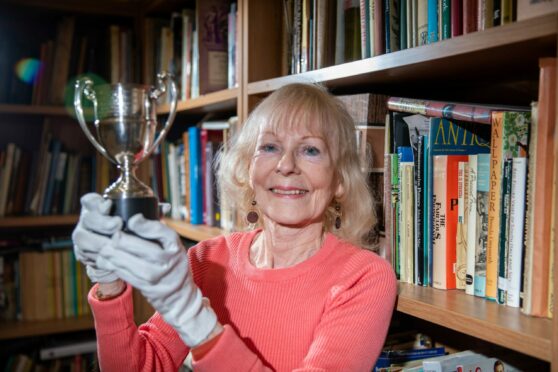
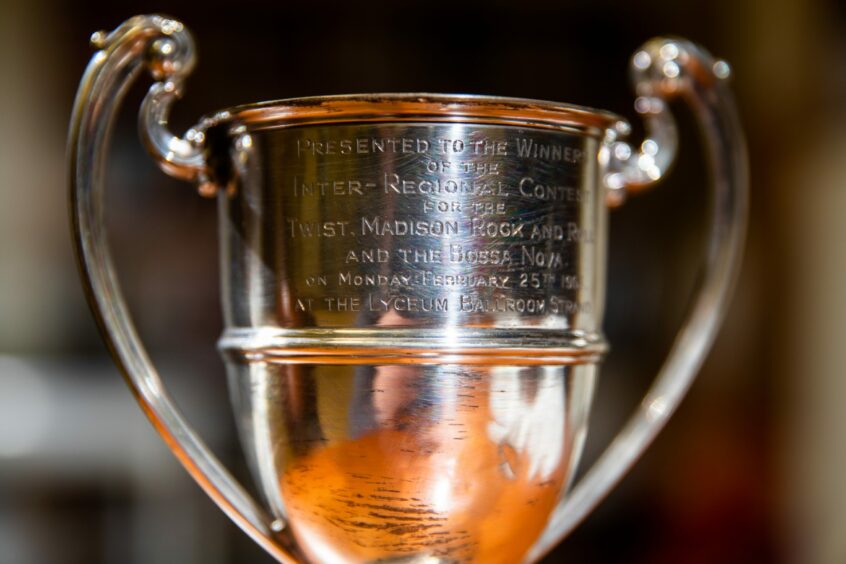
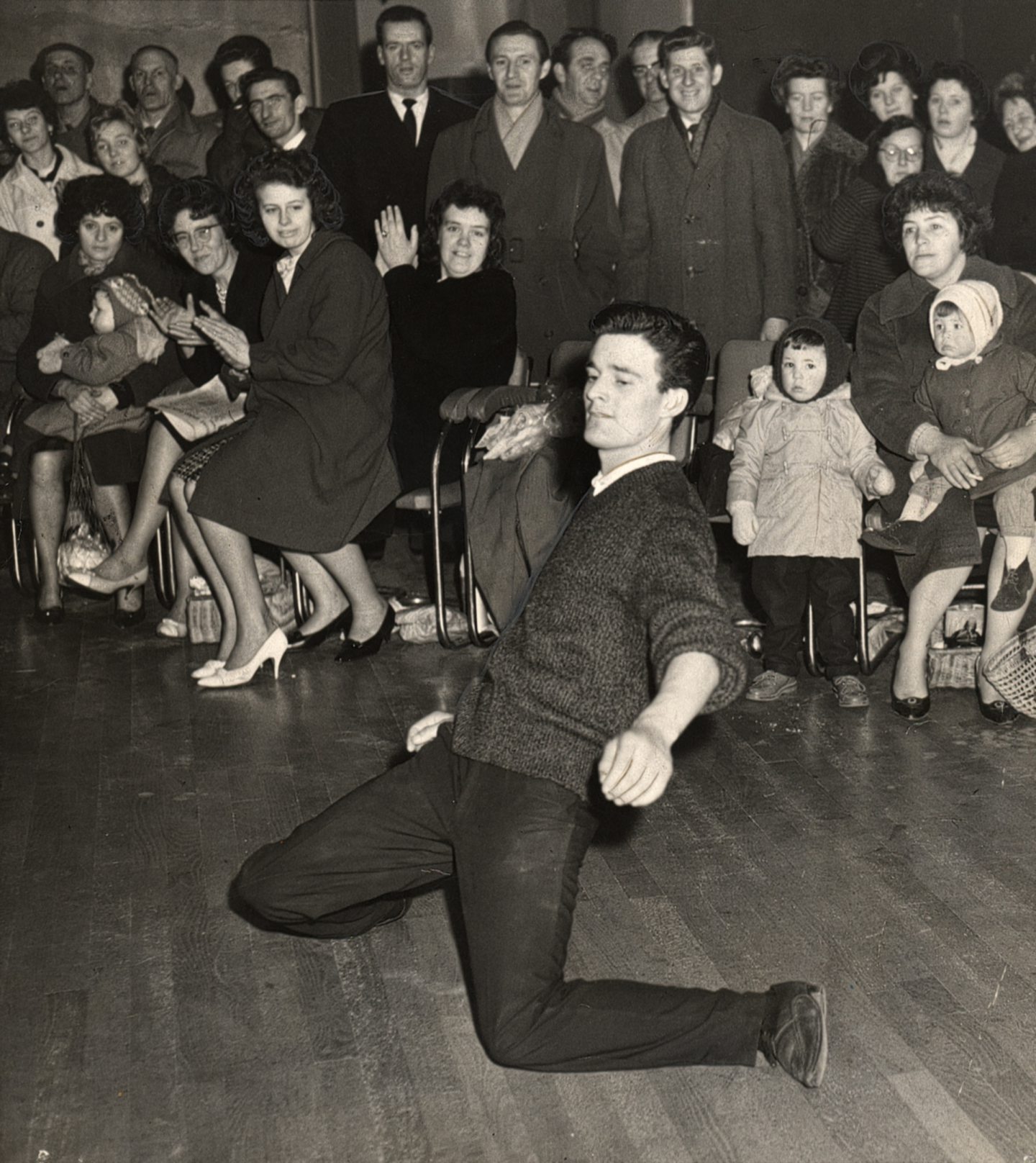
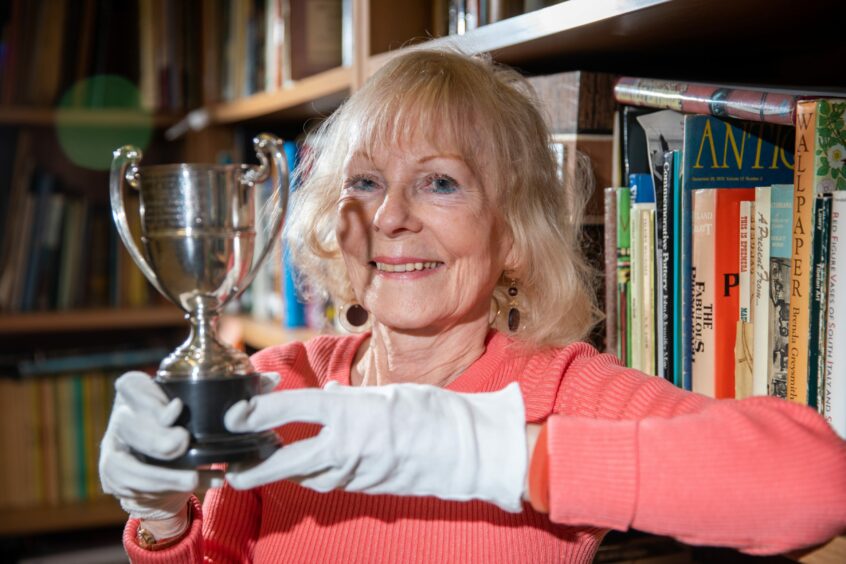
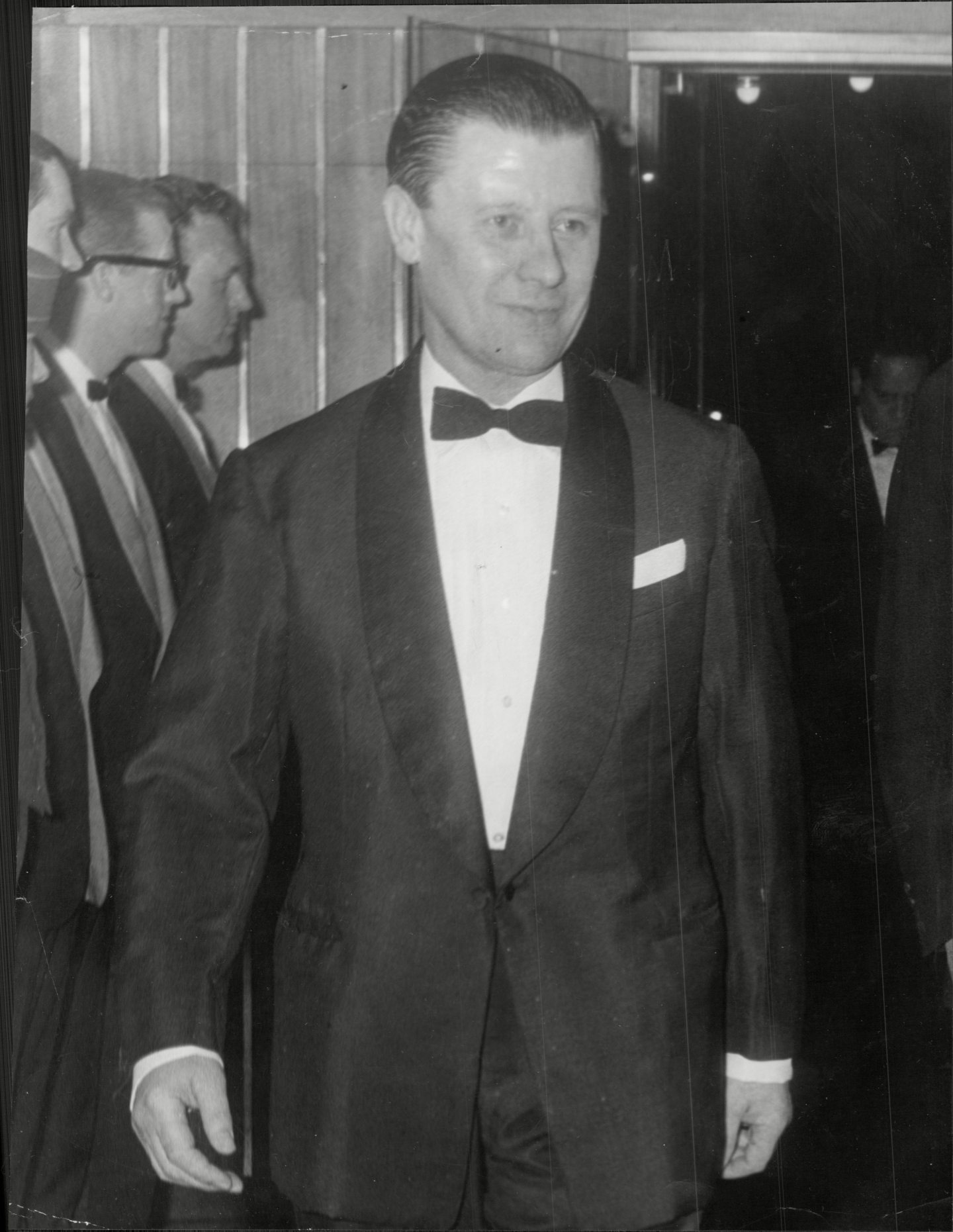
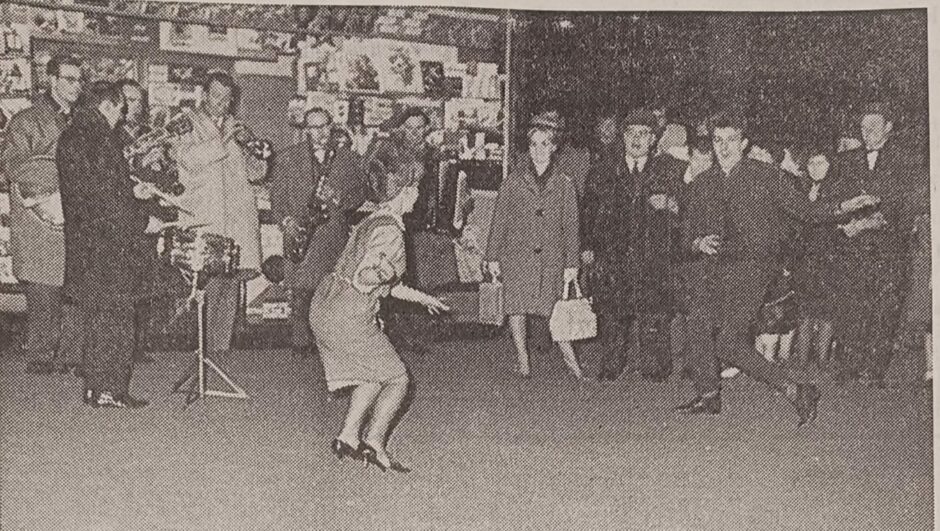
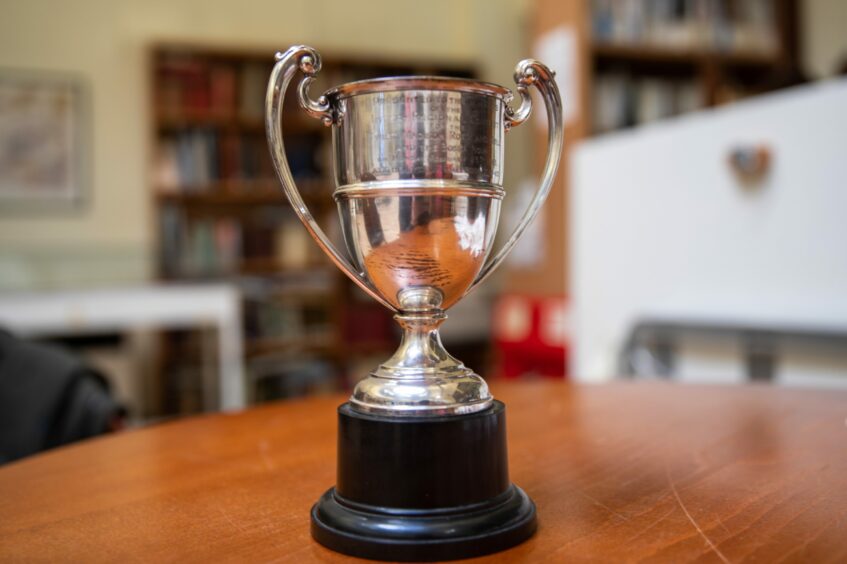










Conversation